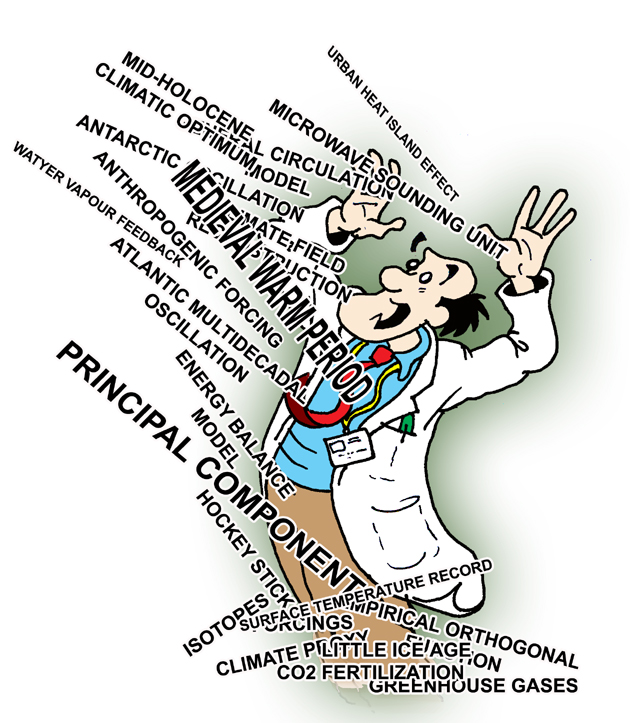… is the question people have been putting a lot of thought into since the IPCC AR4 report came out. We analysed what was in the report quite carefully at the time and pointed out that the allowance for dynamic ice sheet processes was very uncertain, and actually precluded setting a upper limit on what might be expected. The numbers that appeared in some headlines (up to 59 cm by 2100) did not take that uncertainty into account.
How much will sea level rise?
 ) (
) ( ) (
) ( )
)  The
The
 We often
We often